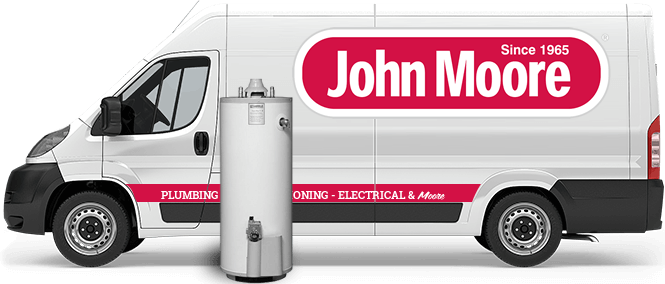Kitchen Inspection
Check functionality of the sink faucet and if there are leaks on the faucet.
Open up the cabinets and inspect under the sink for any visible signs of leak on drainage.
Fill up sink and drain it to make sure there are no active leaks.
Check water supply to the faucet and to the dishwasher.
Check the emergency shut-off valves for any active leaks and functionality.
Check functionality of the disposal.Laundry Room Inspection
Check to see if the shut-off valves for the hot and cold water to the washing machine work properly.
Check the condition of the hot and cold water hoses to the machine.
Check the dryer vent connection.
If applicable, check the gas shut-off and supply line to the dryer.
If there’s a laundry room sink, repeat kitchen faucet inspection.
Bathroom Inspection
Check lavatory sinks to make sure faucet is functioning properly and there is equal pressure on hot and cold.
Open the cabinet to see if there are active leaks.
Check functionality of the emergency shut-off valve.
Pull the stopper on the sink, fill the sink, and drain it to make sure the stopper is sealing the water and the drain isn’t slow or clogged.
Check the condition of the shower valve, making sure the cold is on the right and the hot is on the left.
Stand-alone shower – Make sure shower head and valve work properly and that the shower is draining quickly enough.
Stand-alone tubs – Check flow and drainage.
Check inside the toilet tank to visually inspect the working mechanisms inside the tank and their condition.
Flush the toilet to make sure it’s draining properly.
Rock the toilet to make sure it’s grounded.
Check emergency shut-off valve and supply line to make sure they’re in good working condition.Water Heater Inspection
Check the age of the water heater, visually inspecting to see if there are any leaks or corrosion on piping to the water heater.
Conduct visual inspection of temperature and pressure of “safety valve.” Safety valves should be replaced every 3-5 years.
Check to see when the last time the water heater was flushed. Flushing the water heater annually could double the life.
Depending on age, we may recommend replacing the sacrificial anode rod. This is a rod that hangs inside the water heater, made of a weaker metal. The sole purpose of this rod is to collect the corrosive minerals in our water so it eats the rod and not the lining of the tank. All water heater warranties depend on the life of this rod. Replacing it extends the life of your water heater.
Check the boiler drain, which is used to flush the tank. If there is a plastic boiler drain, we will recommend replacing with a ¾ inch brass full-port drain. If the water heater hasn’t been flushed regularly, the sediment and lime build-up could be too large to squeeze out of the existing drain. We will not be able to flush the water heater is there is a plastic drain.
Check to make sure the vent system is up to code and is the appropriate distance from combustibles.
Make sure the emergency shut-off valve to the water heater is functioning properly.
Exterior Plumbing Inspection
Check exterior hose bibs/spigot to make sure they have the proper vacuum breakers. Per code, all exterior hose bibs must have a vacuum breaker. A vacuum breaker will not allow the water to syphon back into the drinking water.
Make sure the hose bibs are insulated properly.
Check the water main shut-off valve to make sure it’s working properly.
Check if you have the appropriate clean-outs for your drain system (kitchen drain and main-line drain).


